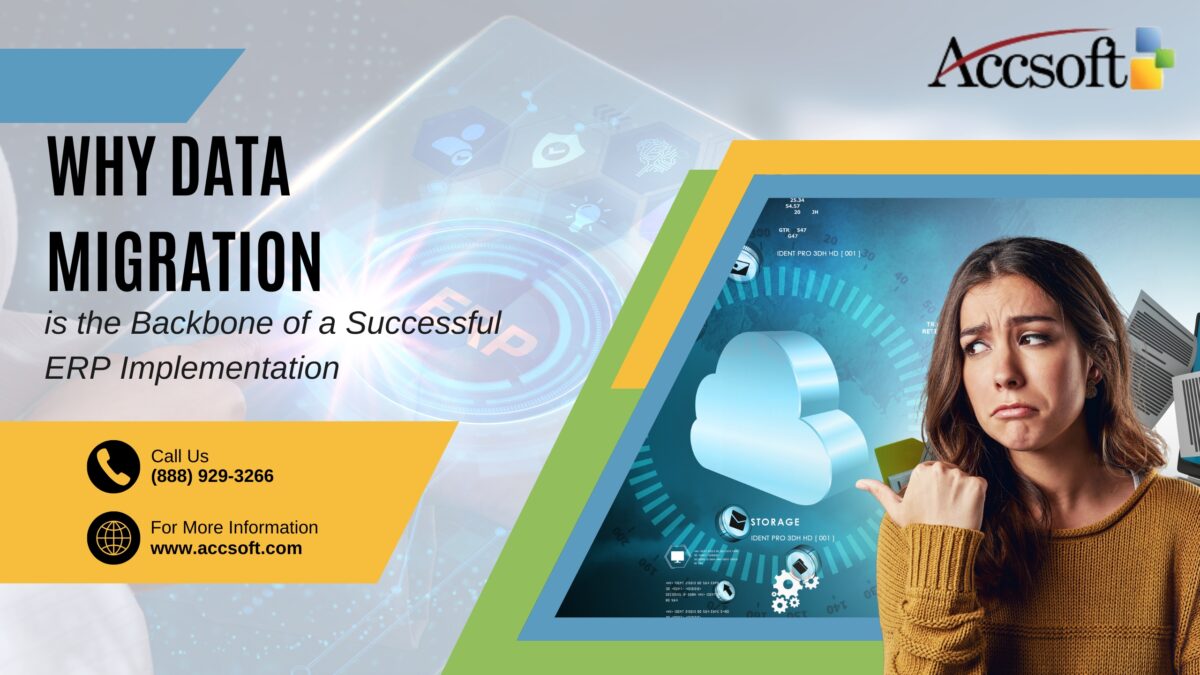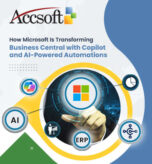
In the contemporary scenario, ERP systems are considered the heart and soul of business enterprises. This is because, in them lies optimized workflows, better-informed decisions, and greater productivity. However, very few people know that the crux of this lies in the data migration part. The functionality of an ERP system is not about how fantastic the software may be but more about how correct, safe, and reliable the data fed into that system happens to be.
Data migration is the process of transferring data from a legacy system to a new ERP platform. The ETL process, or extracting, transforming, and loading data, maintains the data’s accuracy, consistency, and usability. It is the processing of old, inconsistent, or redundant data coming from different sources that makes data migration challenging.
Why Data Migration is Important in ERP Implementation
1. Data Accuracy and Integrity
Bad quality data results in operational disruptions, financial miscalculation, and strategic mis-steps. A successful data migration process transfers only clean, relevant, and structured data to the new system; therefore, it reduces discrepancies and errors.
2. Reduce Business Disruptions
A poor data migration process will result in delays, system breakdowns, and operational bottlenecks. Therefore, business continuity in the implementation of an ERP is important through the transition of the least down times.
3. Enhances Decision-Making
The ERP systems rely on insight-driven data regarding reporting, forecasting, and analytics. Without reliable data, a decision is useless. Quality migration of data shall enable business leaders to rely upon the outputting of their system’s ERP.
4. Simplifies User Acceptance and Speed
The end-users will find it easier to accept the new ERP system if they can view familiar and accurate data. In case data migration fails to be properly managed, the problem of accessing the necessary information will be created for the users, which will frustrate them and create resistance to change.
5. Facilitates Compliance and Data Governance
In most sectors, strict norms and regulations need to be complied with about dealing with and storing data. Data migration also takes place within an organized set-up to adhere to legal and industrial standards, minimizing the risk of non-compliance penalties.
Practices for Seamless Data Migration
1. Evaluating and Cleaning Data Before Data Migration
Wipe out redundant, obsolete, and inconsistent data before migrating to ensure that quality data is shifted into the new system.
2. Create a Data Migration Strategy
Build a well-formulated plan having migration tool, sources of information, ETL processes, and validation techniques in it. Such a roadmap must be suited to the organizational goals and deadline for the implementation of an ERP system.
3. Use Automated Data Migration Tools
There would be minimal error rates, speed, and efficiency in migration because of automation. Most of the ERP vendors have specific tools for migration, which makes the whole error-free data transfer easy.
4. Thorough Testing and Validation
Several test runs with repeats to validate the accuracy of data and the performance of the system before it goes live. This helps rectify errors in time.
5. Train End Users and Support
Train the employees on the new data structures and reporting available. Training and support will be one of the massive impacts in raising the confidence and adoption of the new systems within the workforce.
Conclusion
Data migration is not a mere technical exercise but a strategic requirement for the successful implementation of ERP. It provides a basis for the operational efficiency needed for informed decision making and will ensure long-term business success through accuracy, consistency, and proper structuring of data. Data migration taken as the backbone of ERP implementation maximizes the value of the investment in ERP and drives sustainable growth.







